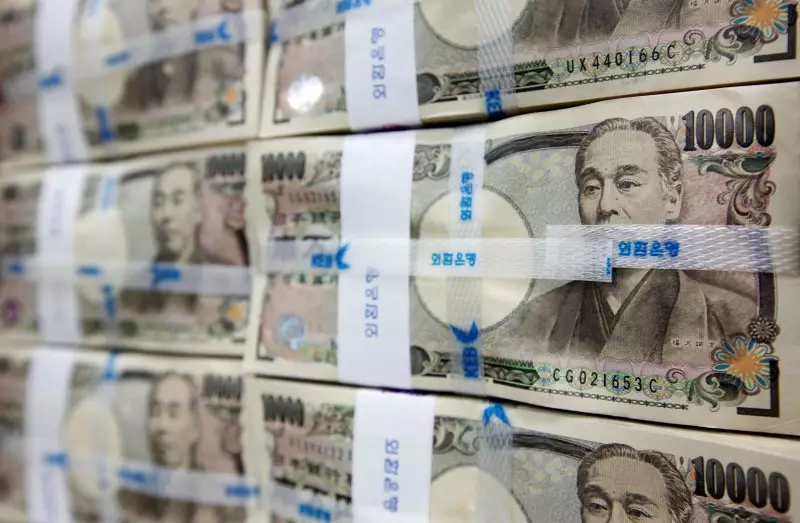In recent trading sessions, a conspicuous trend has emerged across various Asian currencies, with most experiencing a downward trajectory. Amidst political unrest in South Korea, the won has particularly struggled, reflecting broader uncertainties in the region. In sharp contrast, the Japanese yen has demonstrated resilience, influenced by rising inflation expectations and the potential for interest rate hikes by the Bank of Japan (BoJ). The fluctuations in these currencies reveal the intricate interplay between local economic conditions and broader global financial themes.
An important backdrop to these developments is the status of the U.S. dollar, which has maintained a powerful position in the Forex market. The U.S. Dollar Index, which measures the greenback against a basket of other currencies, is hovering near a two-year peak. Influenced by the Federal Reserve’s projections of slower rate cuts through 2025, the dollar has strengthened notably. This hawkish stance by the Fed has exerted downward pressure on Asian currencies, highlighting a pivotal determinant in the currency fluctuations this week.
The repercussions of the Fed’s policies are particularly evident. Investors are recalibrating their expectations for various currencies based on these monetary policy signals, resulting in a ripple effect felt across Asia.
Feeling the Pressure: The Case of the South Korean Won
In South Korea, the environment is further complicated due to imminent political changes. The upcoming impeachment vote of acting President Han Duck-soo amid a crisis related to President Yoon Suk Yeol’s aborted martial law raises alarms among stakeholders. As uncertainty looms over the government, the won has dropped significantly, reinforcing fears of political instability deterring investor confidence. With a nearly 2.5% projected weekly loss, the currency’s performance ranges as a barometer of not just economic factors but also the overall political landscape.
Notably, the USD/KRW pair stands as a stark comparison to its historical stability, indicating a significant departure from previous norms. This ongoing turmoil has led to an atmosphere fraught with apprehension, which will likely extend in the short term until political resolutions can stabilize the situation.
The Japanese Yen: Rising Amid Adversity
Conversely, the yen seems to be gaining momentum, primarily fueled by newly released consumer price index data that indicated stronger-than-expected inflation in Tokyo. With the CPI demonstrating significant upward movement, conversations around potential rate hikes from the BoJ are heating up. Some policymakers within the Bank have hinted at preconditions aligning for a near-term rate adjustment, suggesting a decisive shift in monetary policy could be on the horizon.
However, optimism surrounding the yen must be tempered by the realities of Japan’s broader economic landscape. Despite the positive inflation data, the report detailing factory output contracting—albeit at a lesser pace than expected—suggests that growth prospects remain muted. This duality in performance underlines the complex economic scenario facing Japan and its currency.
The Indian rupee has also faced its own challenges, slipping further after reaching historic lows against the U.S. dollar. As geopolitical tensions and economic pressures mount, the USD/INR pair reflects the rupee’s vulnerability amidst a landscape of fluctuating global currencies. Contributing to this is the pervasive trend of weakened domestic demand, which affects various sectors and diminishes the rupee’s standing.
Meanwhile, regional players like the Chinese yuan and the Singapore dollar are navigating their paths cautiously, with the yuan exhibiting muted responses amid an environment of diminished industrial profits. Companies in China are experiencing headwinds from weak domestic consumption, complicating efforts to nurture recovery.
The dynamics affecting Asian currencies are a confluence of local political events, global economic policies, and external pressures. While some currencies, like the Japanese yen, benefit from favorable economic indicators, others such as the South Korean won and Indian rupee, grapple with significant challenges stemming from political and economic uncertainty. As investors weigh these developments, the road ahead is likely to be characterized by volatility and careful monitoring of both regional and global influences.

